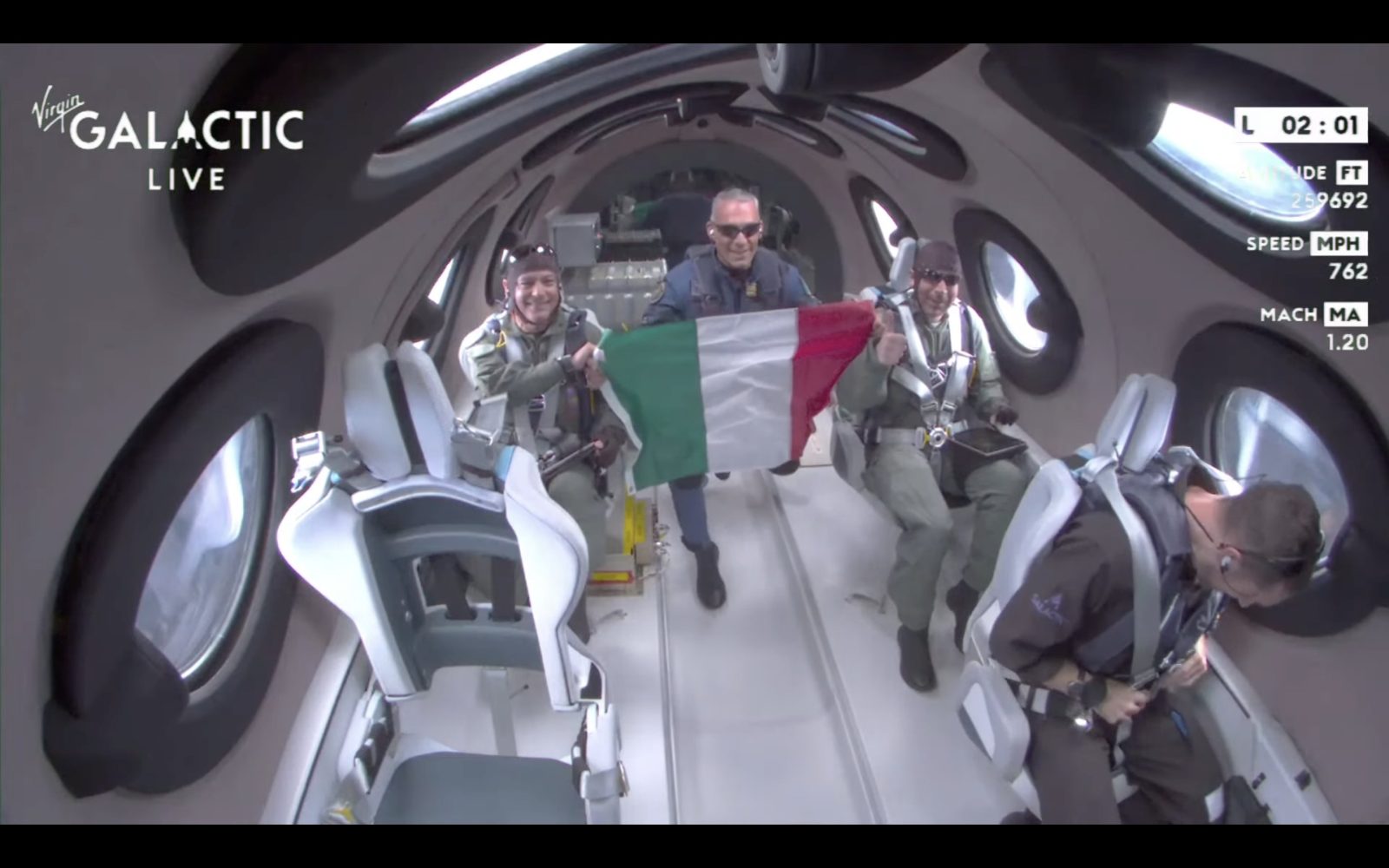
On Thursday morning, Virgin Galactic successfully completed its inaugural commercial flight with a crew consisting of four passengers and two pilots. This flight distinguished itself from previous ventures by both Blue Origin and Virgin, as it focused solely on business rather than leisure.
The journey commenced at 10:30 A.M. ET from Spaceport America, New Mexico, with the Virgin Galactic mothership VMS Eve carrying VSS Unity beneath its wing. At 11:29 A.M. ET, Unity detached from the mothership, ignited its hybrid engine, and propelled itself toward space.
Under the mission name Galactic 01, Unity attained an altitude of 85.1 km, allowing the crew on board to experience several minutes of microgravity, providing ample time for conducting various experiments. Unity touched down 14 minutes after separation, executing a flawless landing.
Join our Discord Server: Join the community with forums and chatrooms about space!
THIS is the future of commercial spaceflight
Since 2021, when Richard Branson and Jeff Bezos, founders of Virgin Galactic and Blue Origin respectively, vied to be the first to fly on their respective spacecraft, the commercial sub-orbital market has been synonymous with luxury experiences for billionaires.
This has largely been true for Blue Origin, which has dominated the field since 2021. The company’s flights have catered to celebrities, billionaires, and fortunate competition winners, who have enjoyed personal pleasure rather than conducting scientific endeavors.
Nevertheless, this does not diminish the significance of their journeys. Early air travel was once seen as a daring adventure exclusively for the ultra-wealthy or dumb enough to try it, but today, commercial air travel has become routine. While we have a long way to go before space travel reaches that point, today’s flight represents a step in that direction.
The Galactic 01 flight was not intended to flaunt the depth of one’s pockets, nor was it a mere “look at me, I’m in space” moment for anyone involved. The mission had a straightforward objective: to conduct microgravity experiments that do not necessitate travel to the International Space Station. Furthermore, the flight was funded by a country lacking its own means of crewed space travel. This is the future of commercial spaceflight.
Access to space is now within reach for all nations. Orbital travel is made possible through ventures like Axiom and SpaceX, crewed suborbital research is facilitated by Virgin Galactic and Blue Origin, and commercial space stations such as Vast and Orbital Reef are on the horizon. While it may currently appear to be indulgent outings for billionaires, history will recognize this as the beginning of an era of widespread commercial access to space.
FTC: We use income earning auto affiliate links. More.

Comments